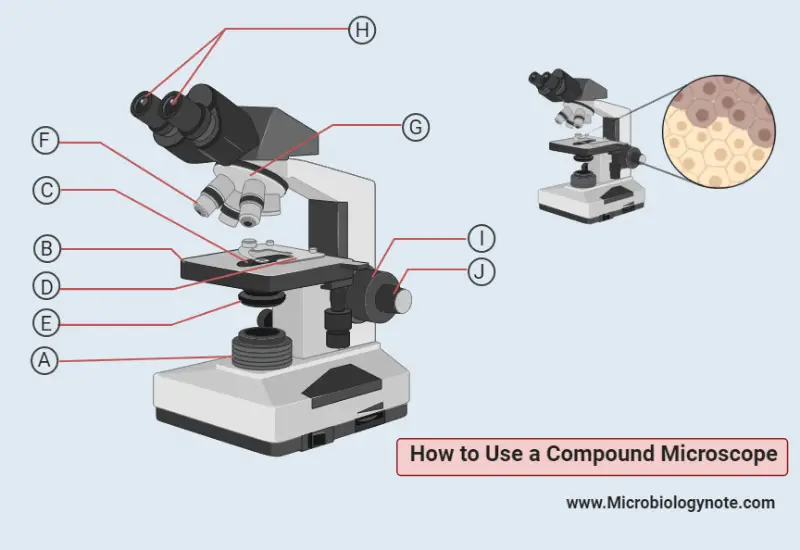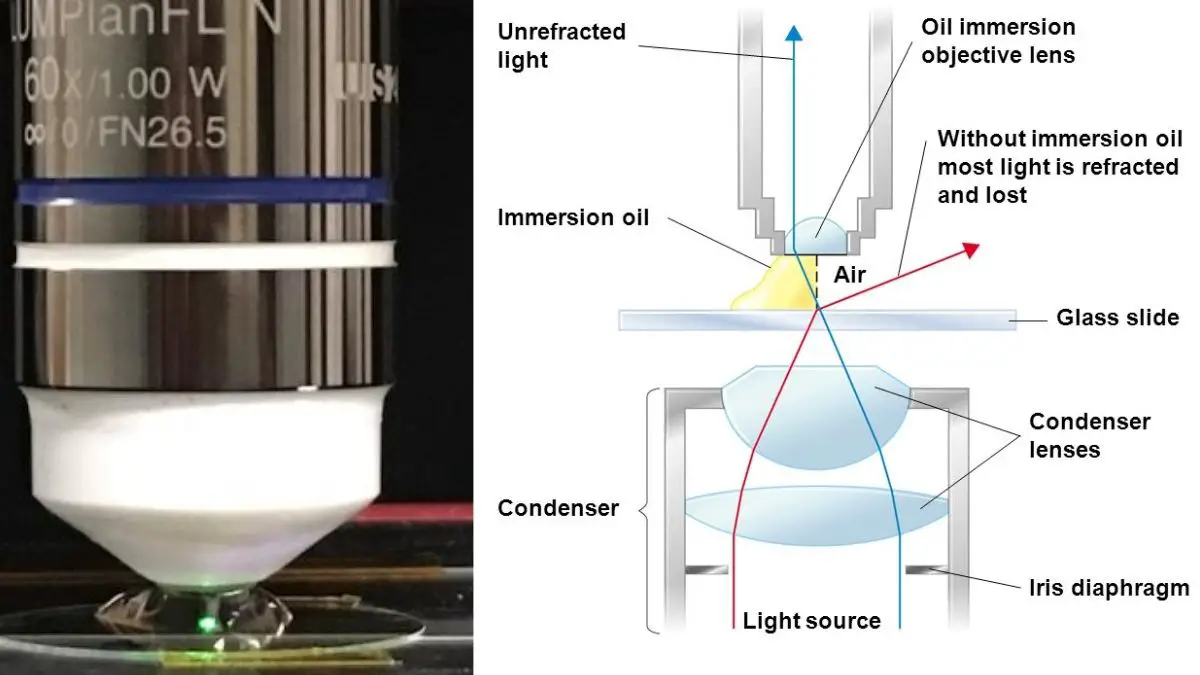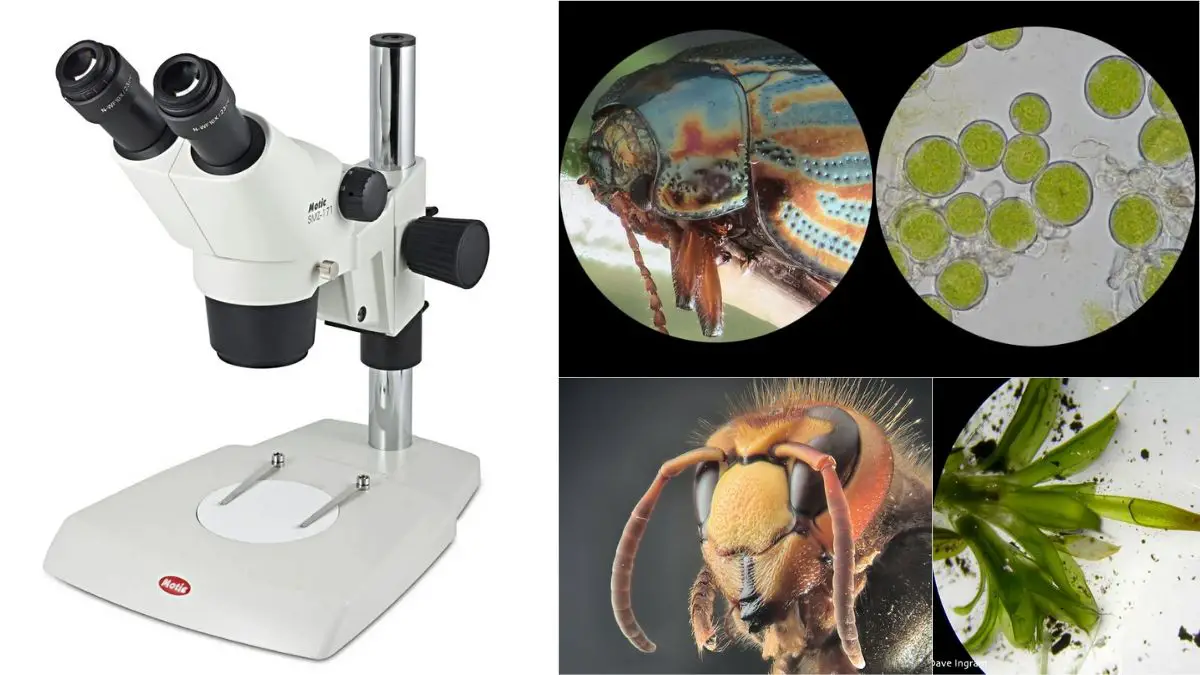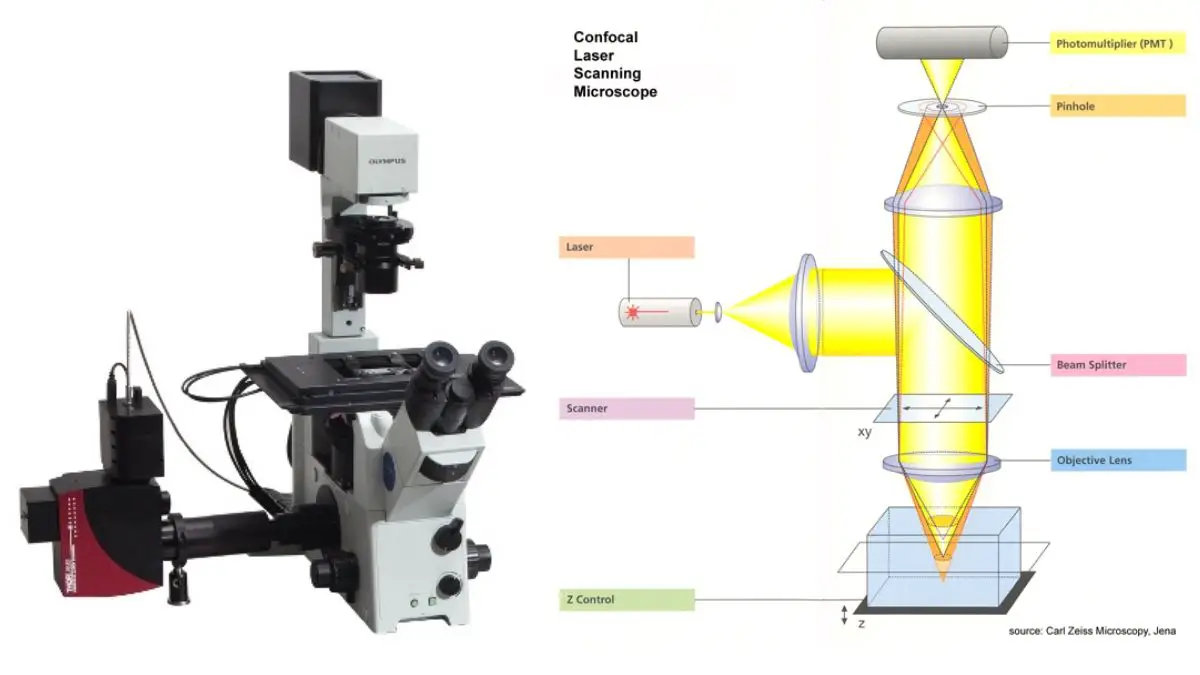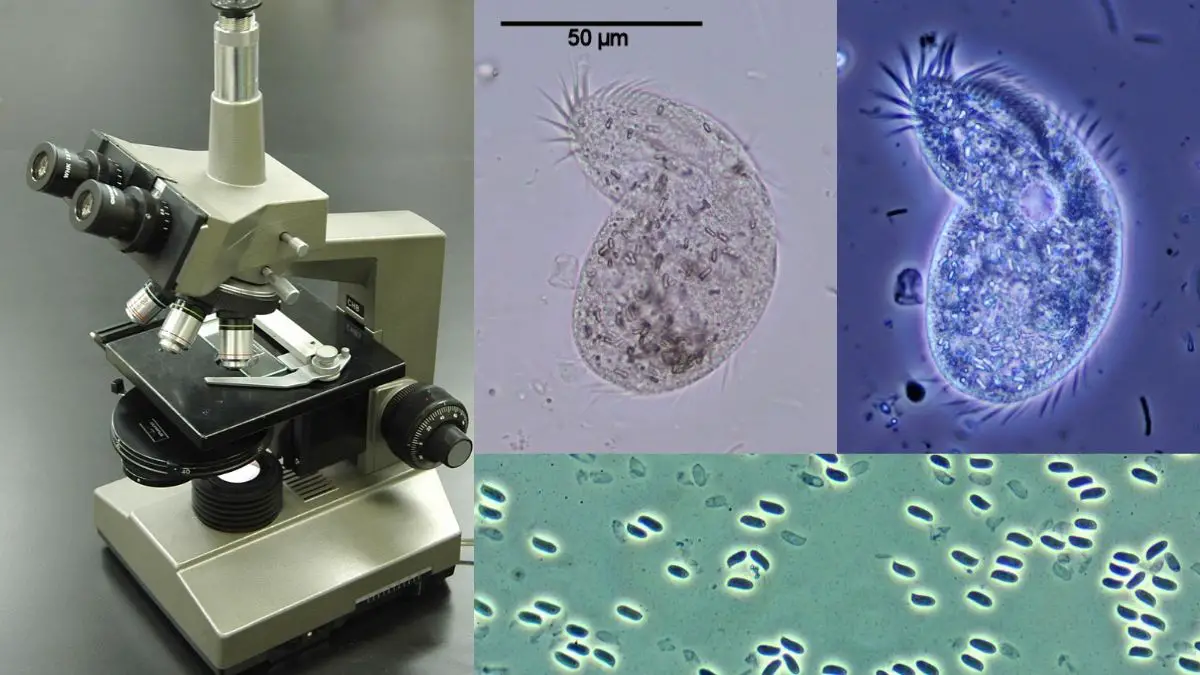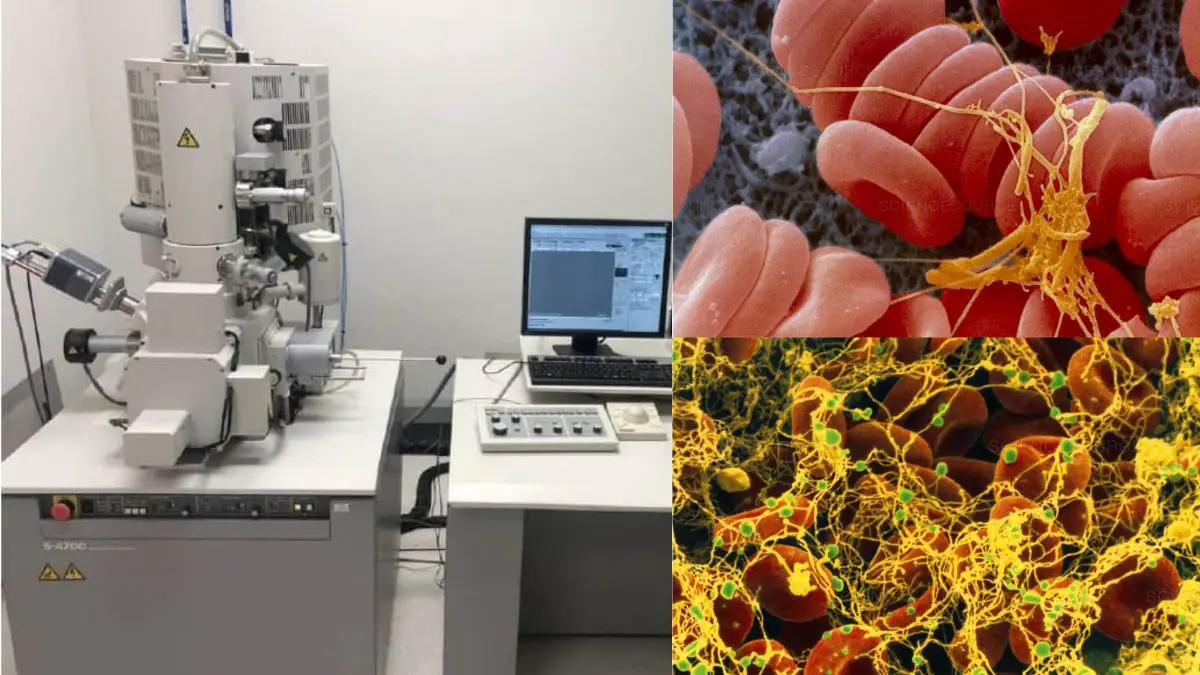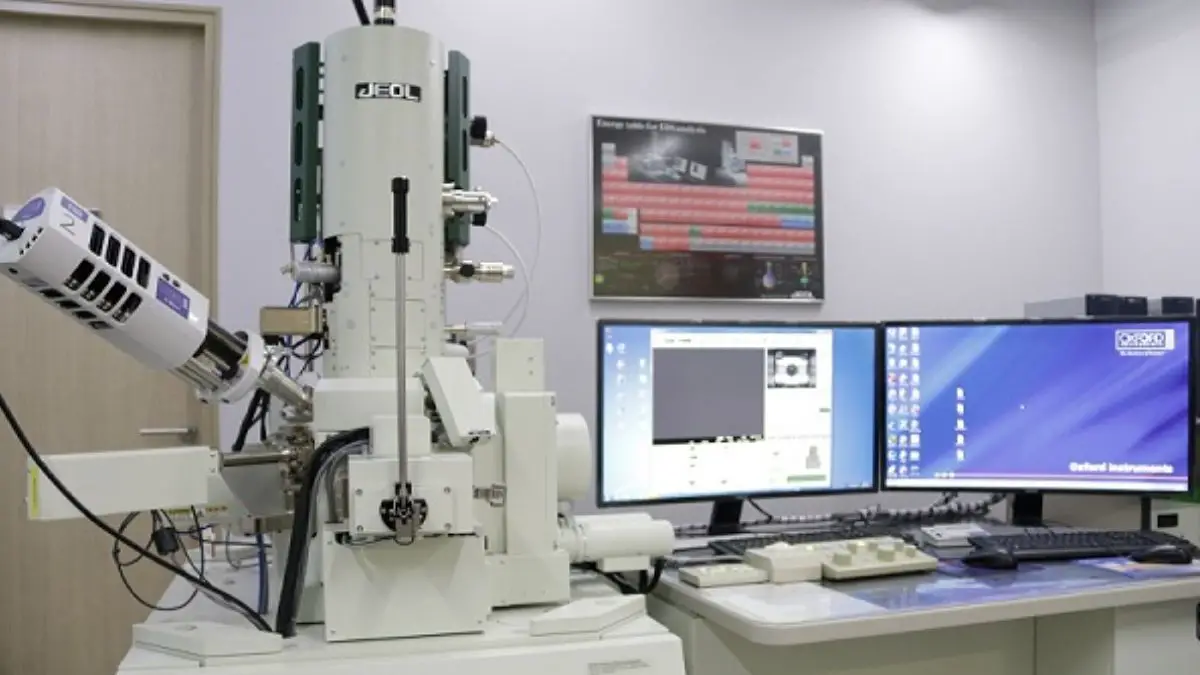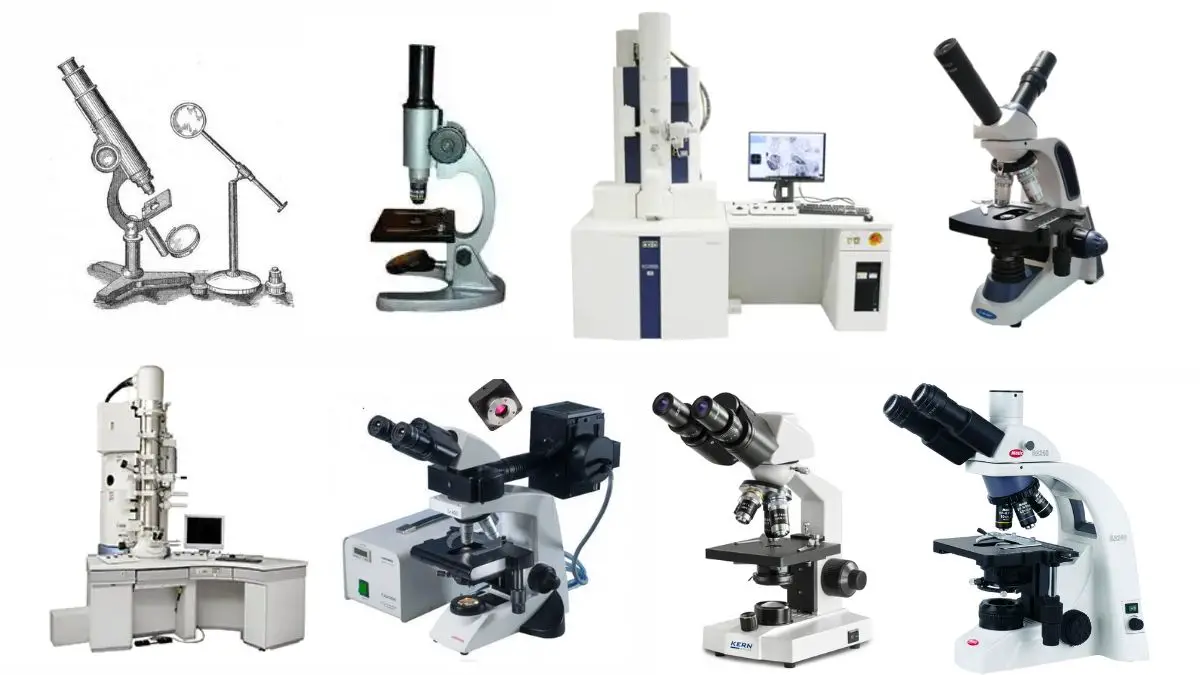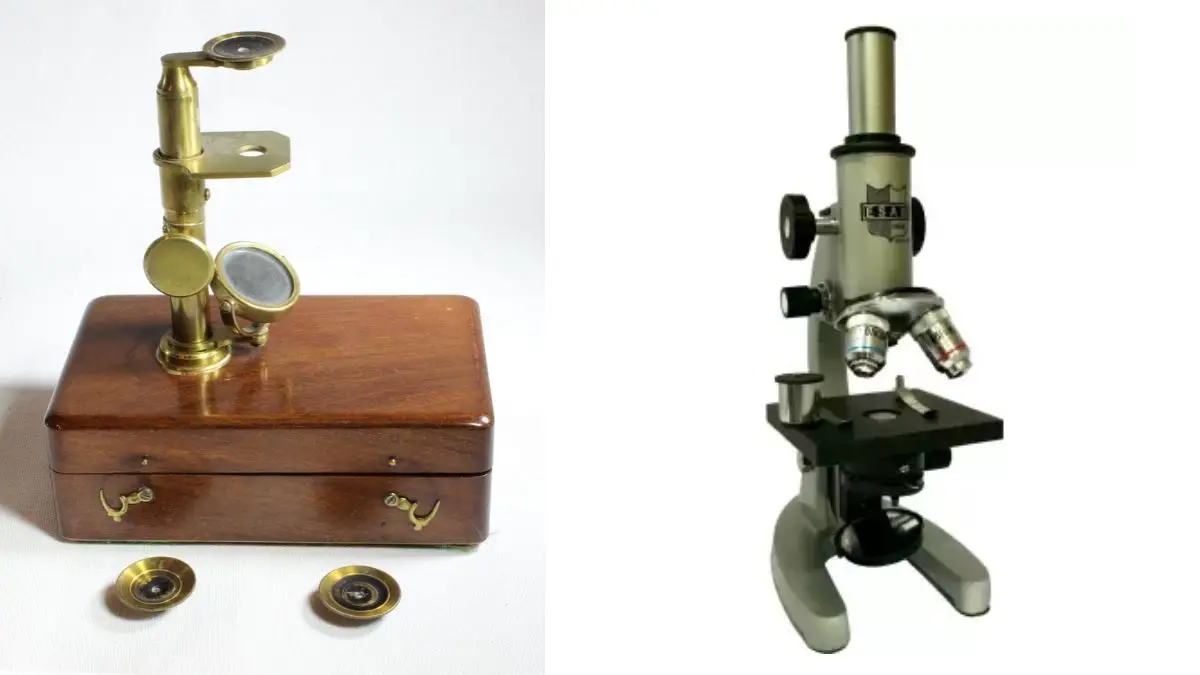Parts of a Microscope and their function
The term microscope first came from the Ancient Greek word μικρός, mikrós, means “small” and σκοπεῖν, skopeîn, means “to look” or “see“. Microscope was first constructed in the 16th century, it was a revolutionary invention with its ability to magnify small objects such as microbial cells. It can produce high-resolution image of a tiny object … Read more


